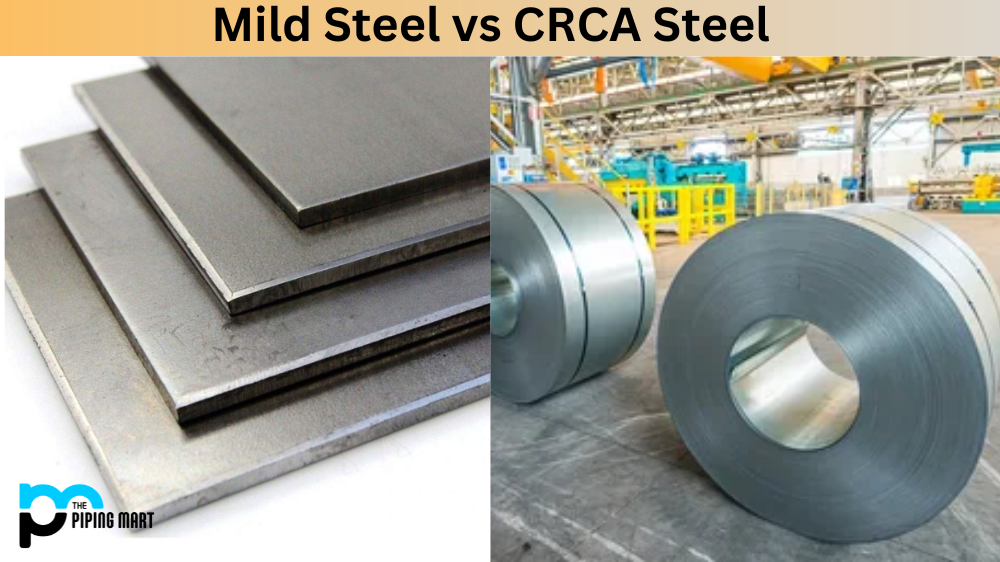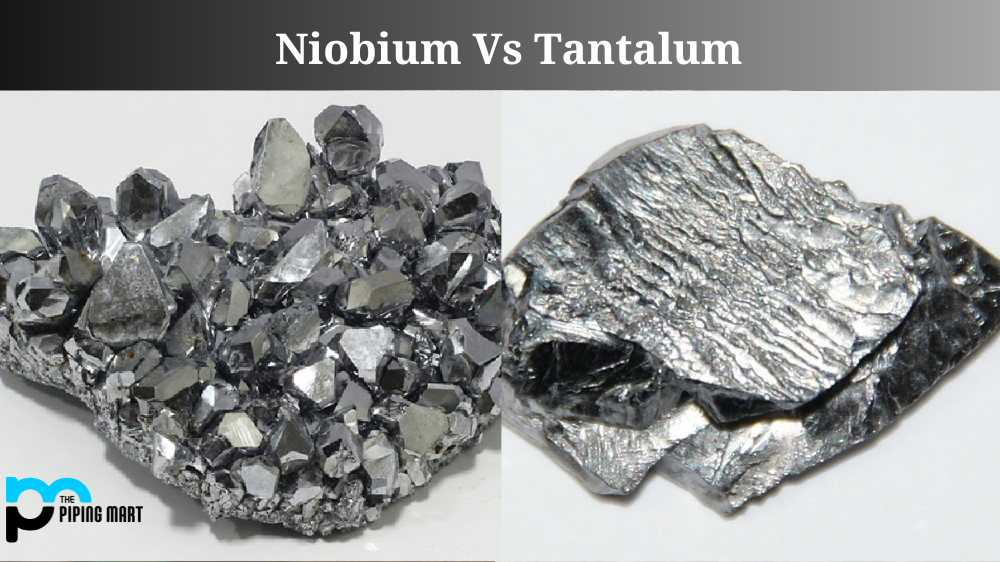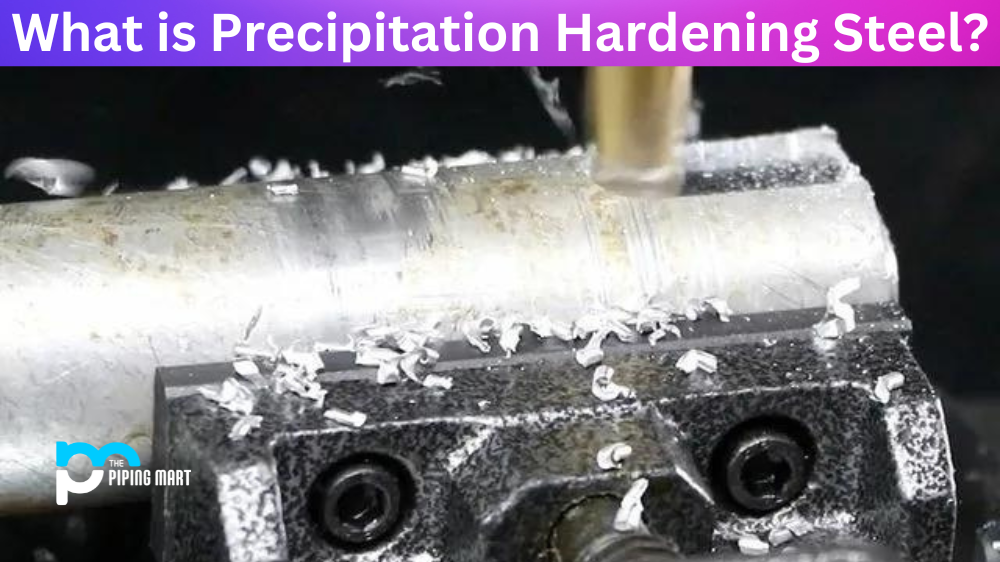Steel is one of the most versatile materials available to us, and in the construction industry, it holds great importance. When it comes to steel, you might have heard the terms mild steel and CRCA steel. But do you know how these two differ? Understanding their differences and attributes can help you make an informed decision while selecting the right kind of steel for your construction project. This blog will explore what differentiates mild steel from CRCA steel, its characteristics, and its applications.
What is Mild Steel?
Mild steel, also known as low-carbon steel, is a type of steel that has a low carbon content of up to 0.3%. This type of steel is commonly used in construction because it is versatile, easy to weld, and has a high tensile strength. Mild steel is also cheaper than other types of steel, including CRCA steel.
Mild steel can be easily identified by its smooth and shiny appearance, and it is widely used in constructing buildings, bridges, pipelines, and automobile components.
What is CRCA Steel?
CRCA steel, on the other hand, stands for “cold rolled, close annealed” steel. It is a high-quality type of steel that goes through cold rolling and annealing to achieve its desired properties.
CRCA steel is mainly used in applications that require a high level of precision and surface quality. It has a low carbon content, typically 0.05-0.25%, and is stronger and more durable than mild steel. CRCA steel has a dull appearance with a matt finish and is widely used in manufacturing automobile components, electrical equipment, electronic appliances, and furniture.
Differences Between Mild Steel and CRCA Steel
The main differences between mild steel and CRCA steel are their physical properties and applications. While mild steel is cheaper, easier to weld, and has a smooth appearance, CRCA steel is more robust, more durable, and has a dull matt finish. CRCA steel is mainly used in applications that require high precision and surface quality, while mild steel is commonly used in general construction applications. Another significant difference between the two steels lies in their manufacturing process. Mild steel is typically hot-rolled, while CRCA steel is cold-rolled and then cold-annealed. This makes CRCA steel more expensive and harder to work with than mild steel.
Applications of Mild Steel and CRCA Steel
Mild steel is mainly used in general construction, fabrication, and engineering, while CRCA steel’s applications include automobile and electrical industries. Mild steel is often used in frames, bridges, pipelines, and furniture. In contrast, CRCA Steel primarily manufactures automobile components, electrical equipment, and electronic appliances.
Both steels have specific properties that make them suitable for their respective applications. While mild steel is cheaper and more accessible, CRCA steel is ideal for high-precision manufacturing applications.
Conclusion
In conclusion, mild steel and CRCA steel have advantages and disadvantages. Mild steel is cheaper, easy to weld, and more accessible, while CRCA steel has better strength and durability and is ideal for high-precision manufacturing applications. Mild steel is suitable for general construction, while CRCA steel is primarily used to manufacture automobile and electrical components. Understanding the differences between the two types of steel is crucial in selecting the correct type of steel for your construction project. We hope this article has helped you understand the differences between mild steel and CRCA steel.

Abhishek is a seasoned blogger and industry expert, sharing his insights and knowledge on various topics. With his research, Abhishek offers valuable insights and tips for professionals and enthusiasts. Follow him for expert advice on the latest trends and developments in the metal industry.




